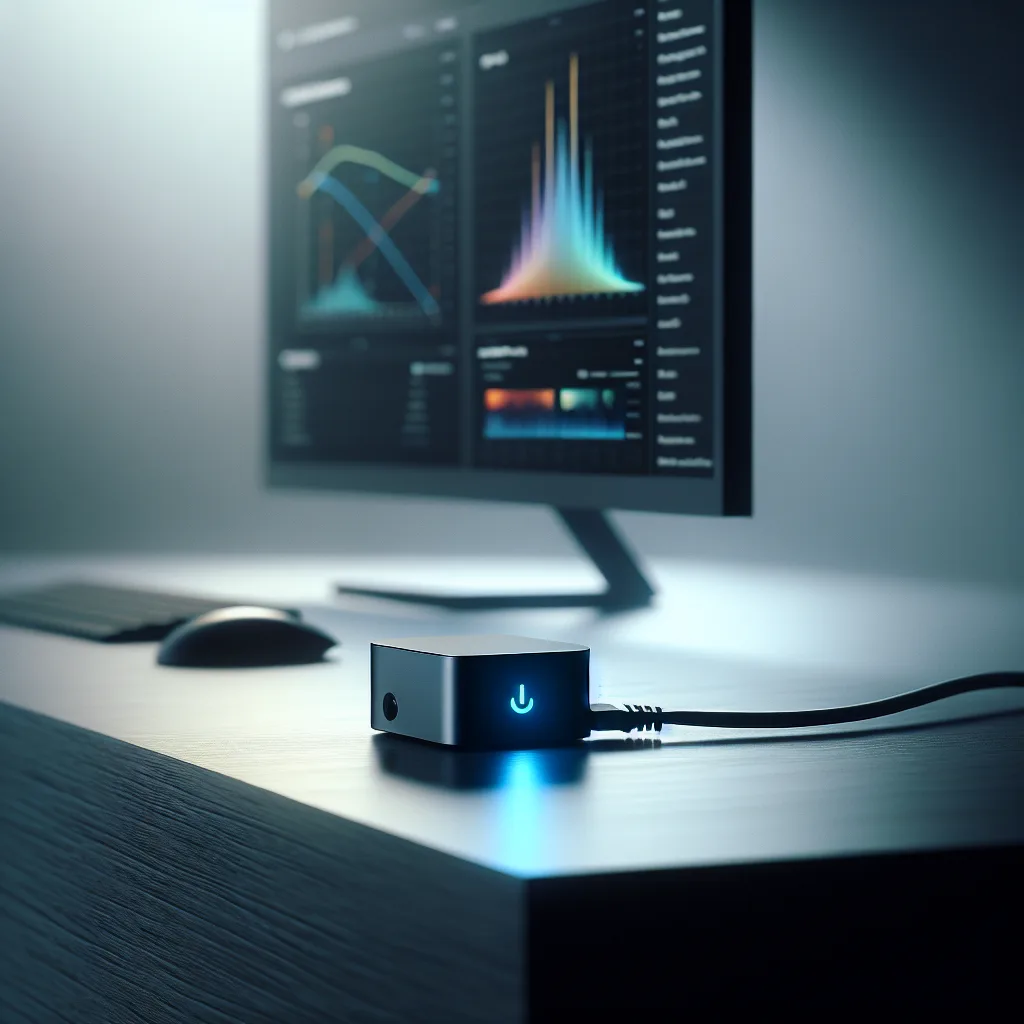Curious about homelabs? I share my journey of building my first one, the services I’m running, and why it might be your next favorite hobby.
I’ve been playing around with something new for the last month, and I’m genuinely excited to share how it’s been going. I built my first homelab. And honestly, it’s been working surprisingly well.
If you’re wondering what a homelab is, you’re not alone. I was in the same boat not too long ago. Think of it as a personal playground for tech stuff, right in your own home. It’s a space where you can experiment with servers, networking, and software without the risk of breaking anything important. For me, it started with a simple idea: I wanted more control over my digital life and a place to learn new skills.
So, What’s in My Homelab?
My setup is pretty modest. It’s not one of those giant server racks you see in movies. It’s basically a dedicated computer running a few services using Docker containers. If you haven’t heard of Docker, it’s a tool that lets you run applications in isolated environments called containers. It’s like having a bunch of mini-computers all running on one machine, which is perfect for a homelab.
Here’s a peek at what I’m running:
- A Media Server: This is probably the most-used service in my lab. I’m using Plex, which organizes all my movies and shows and lets me stream them to any device, whether I’m at home or on the go. It’s like having a personal Netflix, but with my own collection.
- Network-Wide Ad Blocker: I set up Pi-hole, which blocks ads on every device connected to my home Wi-Fi. It’s amazing how much faster and cleaner web pages look without all the clutter. My phone, my laptop, even my smart TV—all ad-free.
- Personal Cloud Storage: Instead of relying solely on Google Drive or Dropbox, I’m running Nextcloud. It gives me a private space to store files, photos, and documents. I can access them from anywhere, and I know exactly where my data is—on my own server.
- A Monitoring Dashboard: To keep an eye on everything, I set up a dashboard with Grafana. It shows me how my server is performing, how much memory is being used, and whether all my services are running smoothly. It looks complicated, but it’s surprisingly straightforward to set up.
Why Bother Building a Homelab?
I get it. This might sound like a lot of work for things you can get from other services. And you’re not wrong. But for me, the process was the point.
Building this little lab taught me so much. A month ago, I barely knew what a Docker container was. Now, I feel comfortable deploying new services and troubleshooting problems. It’s a practical way to learn about technologies that are used in the professional IT world.
There’s also the privacy aspect. By self-hosting services like cloud storage and a media server, I have complete control over my data. I’m not handing it over to a big corporation, and I can customize everything exactly how I want it.
And honestly, it’s just fun. It’s a hobby that’s both challenging and rewarding. There’s a real sense of accomplishment when you get a new service up and running perfectly.
Thinking About Starting Your Own?
If any of this sounds interesting, you might be a good candidate for starting a homelab. You don’t need a powerful, expensive server to begin. You can start with an old desktop computer or even a tiny Raspberry Pi.
My advice? Start small. Pick one thing you want to do. Maybe you want to block ads with Pi-hole or set up a simple file server. Find a good tutorial, take your time, and don’t be afraid to break things. That’s how you learn.
I’m still at the beginning of my journey. There are so many other services I want to try, like a password manager, a recipe organizer, or maybe even a home automation hub. The possibilities feel endless. If you have any ideas for services that could be a good addition, I’d love to hear them. Let me know what you’re running in your own lab!
